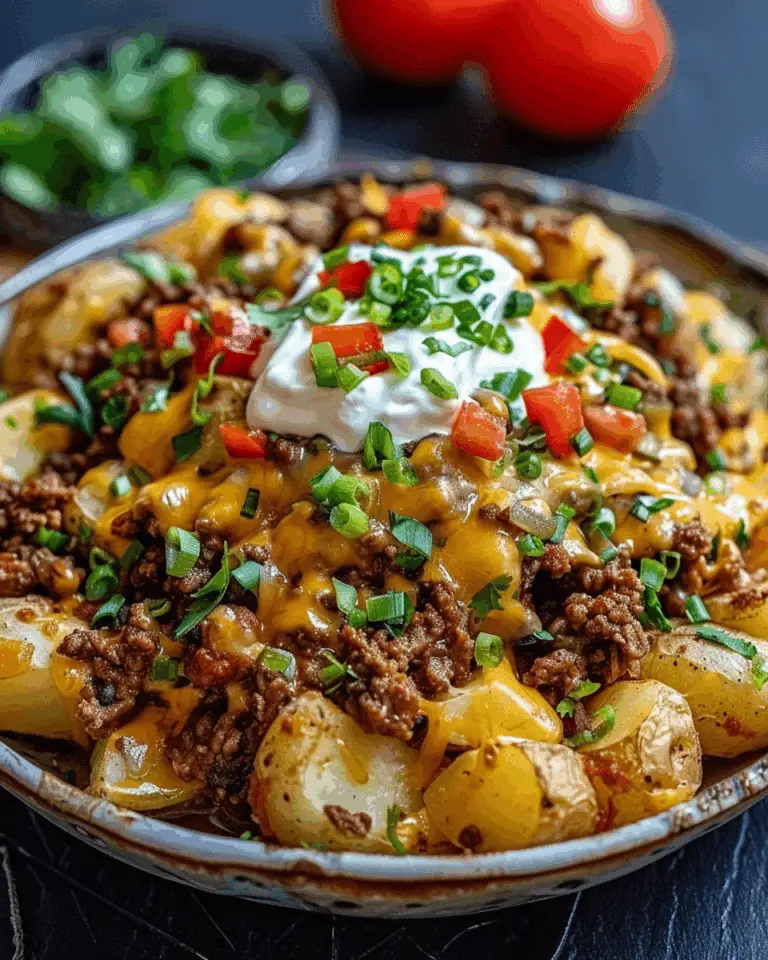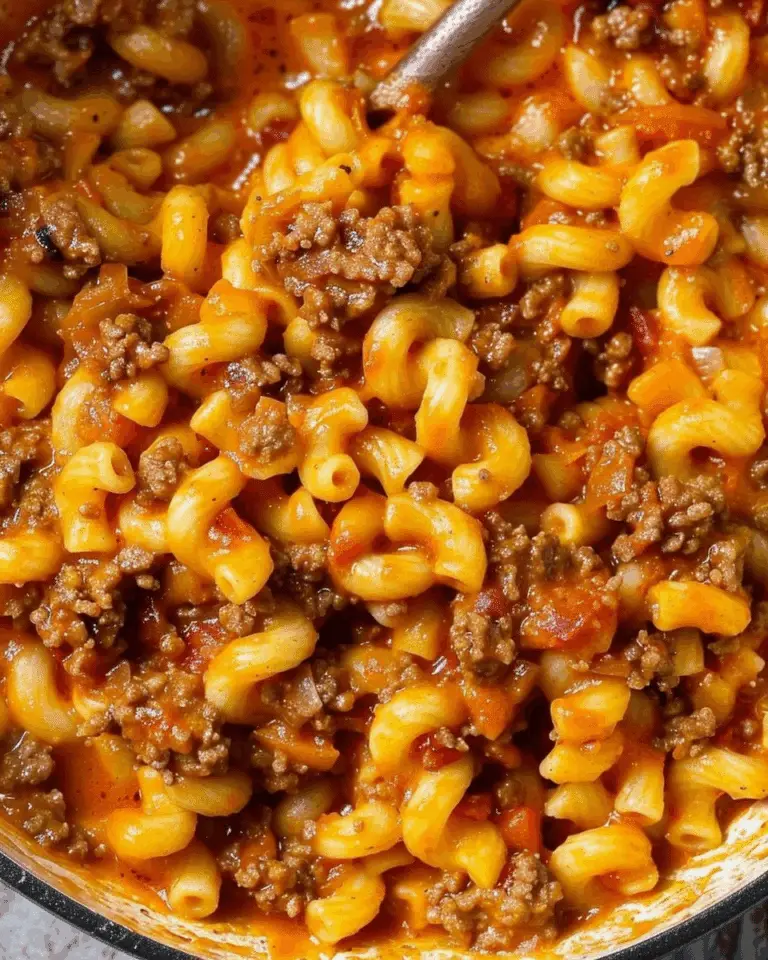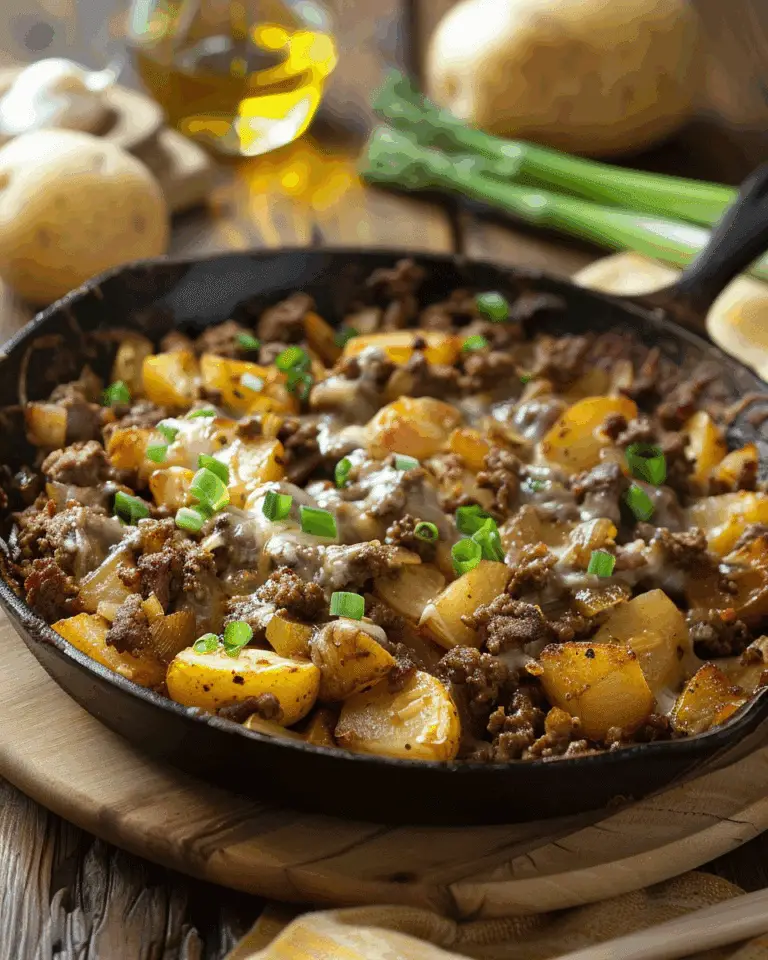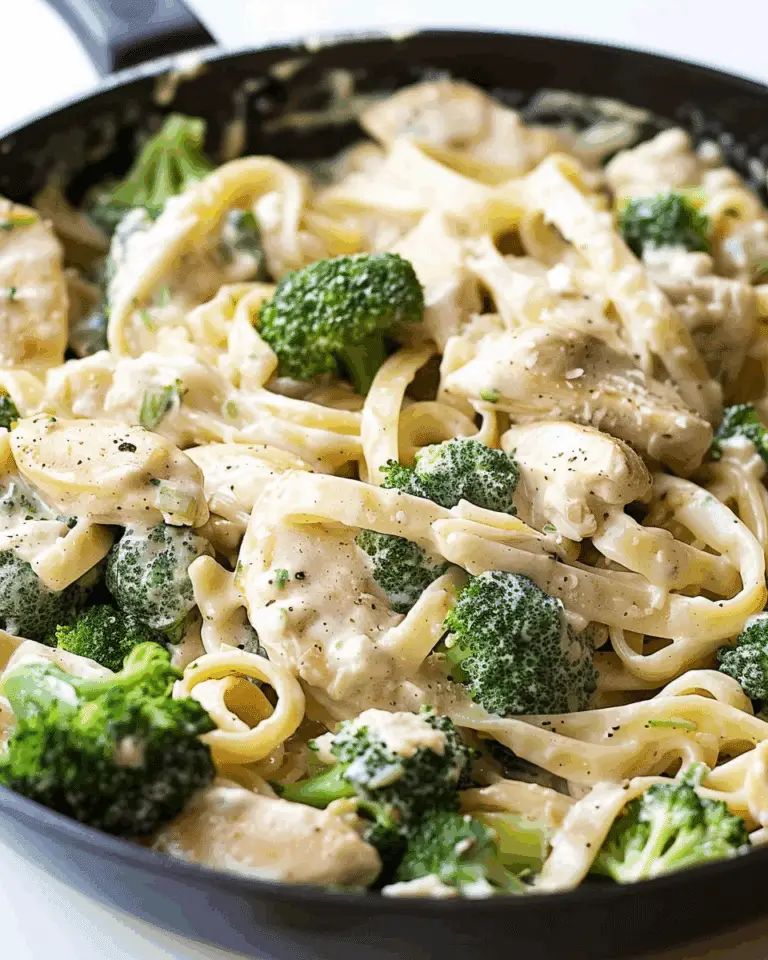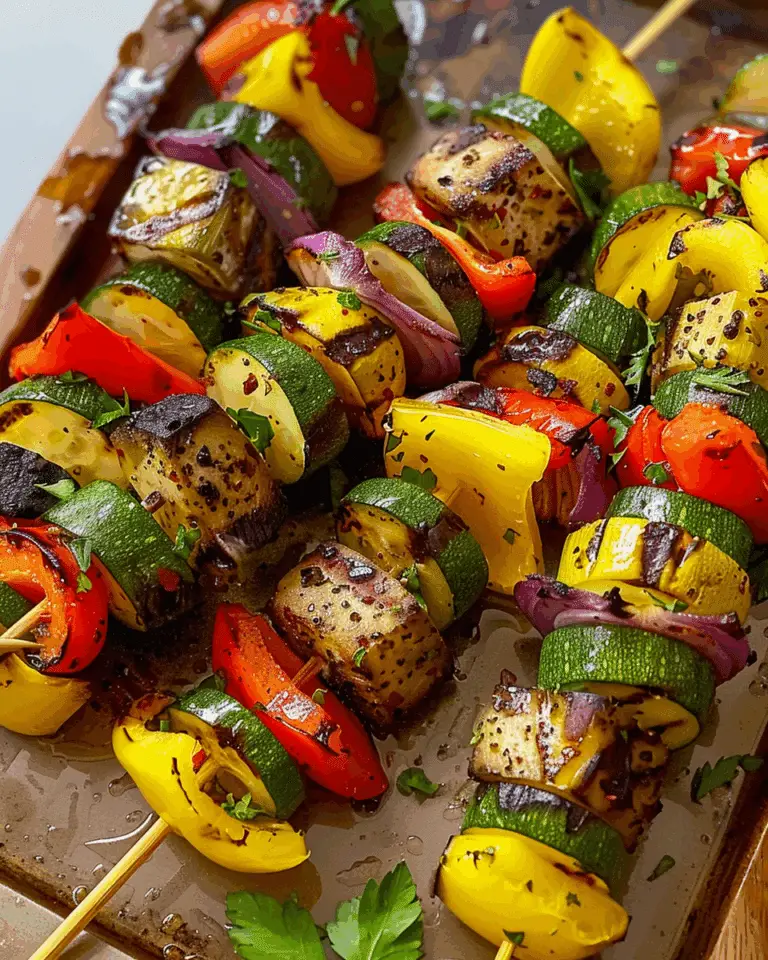Why You’ll Love Honey Garlic Glazed Salmon Recipe
You’ll love this recipe because it:
-
Comes together in a single pan (plus broiler) and in under 20 minutes—ideal for a quick weeknight dinner.
-
Combines sweet honey and bold garlic with savory soy sauce and a touch of heat from sriracha for a dynamic flavor profile.
-
Keeps the salmon moist and flavorful thanks to the glaze and gentle broiling, avoiding over‑cooking.
-
Feels special enough for guests but is simple enough for everyday meals.
-
Offers flexibility for variations (lime instead of lemon, extra zest, different toppings) so you can tailor it to your taste.
Ingredients
(Tip: You’ll find the full list of ingredients and measurements in the recipe card below.)
SALMON
-
4 salmon filets (about 6 oz each)
-
½ tsp kosher salt
-
½ tsp black pepper
-
½ tsp smoked paprika (or regular paprika)
-
¼ tsp blackening seasoning (optional)
SAUCE
-
3 Tbsp butter
-
2 tsp olive oil
-
6 cloves garlic, minced
-
½ cup honey
-
3 Tbsp water
-
3 Tbsp soy sauce
-
1 Tbsp sriracha sauce
-
2 Tbsp lemon juice
Directions
-
Pre‑heat your oven broiler and adjust the oven rack to a middle position (to prevent burning the sauce).
-
Pat the salmon filets dry with paper towels; then season all sides with salt, pepper, paprika and optional blackening seasoning.
-
In a large oven‑safe skillet over medium‑high heat, add butter and olive oil. Once the butter is melted, add minced garlic, water, soy sauce, sriracha, honey and lemon juice. Cook for about 30 seconds until the sauce is heated through.
-
Add the salmon filets to the skillet (skin‑side down if your filets have skin). Cook undisturbed for about 3 minutes, frequently spooning the sauce over the tops of the filets as they cook.
-
Transfer the skillet to the broiler and broil for about 5‑6 minutes, basting once during the broil, until the salmon is caramelized, sticky, slightly charred and cooked to your desired doneness.
-
Optional: garnish with chopped parsley or sliced green onions before serving.
-
Serve immediately with your choice of sides.
Servings and timing
This recipe serves 4 people. The total time is about 18 minutes (8 minutes prep + 10 minutes cook).
Variations
-
Pan‑sear method: Instead of the simple broil method, you can pan sear the seasoned salmon, flip it once, then remove to a plate. Add the sauce ingredients to the pan and cook until warmed through, then return the salmon to the pan and spoon sauce over it.
-
Bold lemon variation: Add lemon zest or a few lemon slices to the pan during broiling for extra citrus brightness.
-
Lime swap: Use lime juice instead of lemon for a slightly different flavor.
-
Topping twist: Finish with sliced green onions or chopped fresh herbs for added freshness and color.
-
Adjust the heat: Reduce or omit the sriracha if you prefer less spice, or increase it if you like more heat.
Storage/Reheating
Store leftover salmon in an airtight container in the refrigerator for up to 3 days.
To reheat: Gently warm in a pre‑heated oven at around 300 °F (150 °C) until just heated through, to preserve moisture and glaze texture. Avoid microwave reheating if possible, as it may dry out the salmon or cause the glaze to separate. Leftover salmon also makes a great addition cold atop a salad.
FAQs
What kind of salmon should I use?
Choose fresh salmon filets of good thickness (about 6 oz each works well). If your filets have skin and you like it, you can leave it on; if not, you may remove it. Thicker pieces will hold up better during cooking.
Can I use frozen salmon?
Yes—if you use frozen salmon, fully thaw it in the refrigerator before cooking, and pat it dry thoroughly before seasoning and cooking.
How do I know when the salmon is done?
Cook until the salmon flakes easily with a fork and has reached an internal temperature of 145 °F (63 °C) in the thickest part according to USDA guidelines. If you prefer slightly less done, you can remove it a degree earlier and let carry‑over heat finish the cooking.
Can I adjust the sweetness of the glaze?
Absolutely. You can reduce the honey slightly or balance it with a bit more lemon juice if you prefer a tangier glaze rather than very sweet.
What sides go well with this salmon?
Good side dishes include steamed or roasted vegetables (e.g., broccoli, asparagus), rice or quinoa, a green salad, or even mashed potatoes for a heartier plate.
Can I make the sauce ahead of time?
Yes—you can whisk together the sauce ingredients ahead of time and refrigerate until ready to cook. Just make sure to melt the butter and heat the sauce before adding the salmon.
Can I cook this without a broiler?
Yes—if you don’t have a broiler, you can finish the salmon in a 425 °F (220 °C) oven for about 5–6 minutes, or until caramelized and cooked through, keeping an eye on it to prevent burning.
Can I use a different glaze flavor?
Definitely—you can experiment. For example, swap honey for maple syrup, or add a splash of orange juice or mirin for a slightly different profile. You could also add ginger for an Asian twist.
Can I use this glaze for other fish or meat?
Yes. This honey garlic glaze works nicely with other fish like tilapia or cod, or even with chicken breast or thighs (adjust cooking time accordingly).
What if the sauce seems watery?
If you notice the sauce is thin or watery, you can reduce the amount of water used or simmer the sauce a bit longer before adding the salmon so it thickens slightly.
Conclusion
This honey garlic glazed salmon recipe is a winner for anyone seeking a flavorful, easy‑to‑execute dinner that feels a little bit special. With its sweet, garlicky glaze, minimal fuss, and quick cook time, it’s a perfect option for busy weeknights, dinner guests, or when you just want something that tastes gourmet without hours of work. Enjoy sharing it around the table and making it one of your go‑to salmon meals.
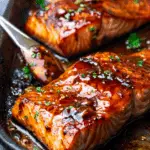
Honey Garlic Glazed Salmon
5 Stars 4 Stars 3 Stars 2 Stars 1 Star
No reviews
- Author: Mia
- Total Time: 20 minutes
- Yield: 4 servings
Description
This honey garlic glazed salmon is a flavorful, quick, and easy weeknight dinner. Pan-seared salmon fillets are coated in a sticky honey garlic glaze that’s both sweet and savory, making it a delicious way to enjoy seafood.
Ingredients
- 4 salmon fillets (about 6 oz each), skin on or off
- Salt and pepper, to taste
- 1/2 tsp smoked paprika
- 2 tsp olive oil
- 3 tbsp unsalted butter
- 4 cloves garlic, minced
- 1/4 cup honey
- 2 tbsp water
- 1 tbsp soy sauce
- 1 tbsp fresh lemon juice
- 1/2 tbsp chopped fresh parsley (optional, for garnish)
- Lemon wedges (for serving)
Instructions
- Pat the salmon fillets dry with paper towels and season both sides with salt, pepper, and smoked paprika.
- Heat olive oil in a large skillet over medium-high heat.
- Add salmon fillets to the skillet, skin-side up (if skin-on), and cook for 4-5 minutes without moving until a golden crust forms.
- Flip the fillets and cook an additional 3-4 minutes, or until cooked through. Remove from skillet and set aside.
- In the same skillet, reduce heat to medium and add butter.
- Once melted, add garlic and cook for 30 seconds until fragrant.
- Stir in honey, water, soy sauce, and lemon juice. Bring to a simmer and cook for 1-2 minutes until slightly thickened.
- Return the salmon to the skillet and spoon the glaze over the fillets.
- Cook for another 1-2 minutes, basting frequently, until salmon is glossy and well coated.
- Garnish with parsley and serve with lemon wedges if desired.
Notes
- Use fresh salmon fillets for best flavor and texture.
- Don’t overcook the salmon—internal temperature should be 145°F.
- Substitute maple syrup for honey for a different twist.
- This glaze works well with chicken or shrimp too.
- Prep Time: 5 minutes
- Cook Time: 15 minutes
- Category: Main Course
- Method: Pan-Seared
- Cuisine: American
Nutrition
- Serving Size: 1 salmon fillet with glaze
- Calories: 410
- Sugar: 15g
- Sodium: 390mg
- Fat: 23g
- Saturated Fat: 7g
- Unsaturated Fat: 14g
- Trans Fat: 0g
- Carbohydrates: 17g
- Fiber: 0g
- Protein: 34g
- Cholesterol: 95mg



